Winning ideas of SymbioticCities "Urban Transformations"
By Bustler Editors|
Friday, Feb 20, 2015
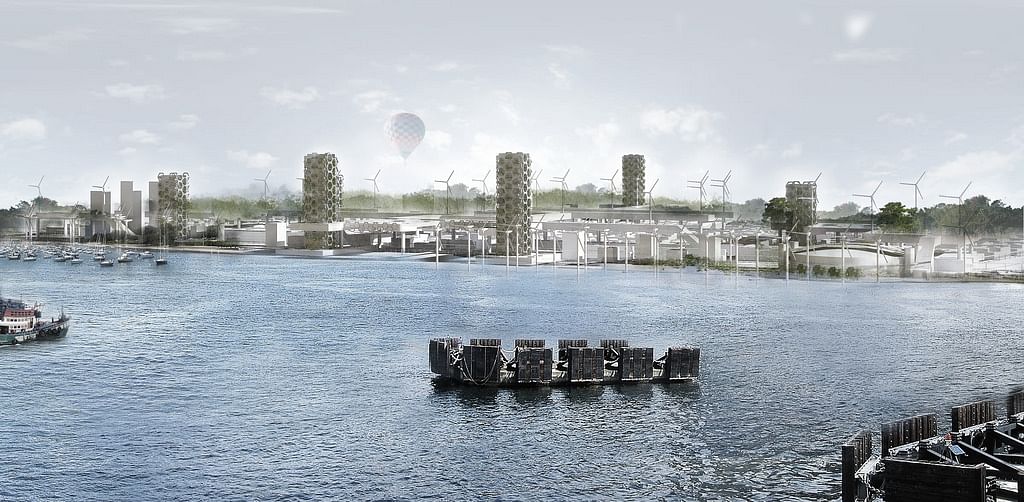
Related
As long as today's biggest socio-ecological issues persist, the need for designing resilient, sustainable cities only becomes more crucial. The recently concluded SymbioticCities ideas competition, "Urban Transformations: Designing the Symbiotic City", had participants address the biggest environmental issues in their own cities and develop urban-planning concepts and solutions to transform them into a regenerative symbiotic city.
The jury selected the following entries as winners:
- Grand Prize ($1,000 DIALOG prize): "Responsive City"
- Runner-Up: "Garrison Creek Redux"
- Honorable Mentions: Delhi Manifests, Exaptive Urbanism, and Farmer Empowerment Policies
The competition jury included:
- Craig Applegath, Co-moderator of SymbioticCities.net and Architect and a founding Principal at DIALOG, Toronto, Canada
- Rahul Mehrotra, Director of Planning and Urban Design at the Harvard Graduate School of Design, Boston Massachusetts
- Scott Torrance, Landscape Architect at Scott Torrance Landscape Architect
- Vanessa Timmer, Executive Director and Co-founder at One Earth
- Justin Ritchie, Co-Director of Extraenvironmentalist.com and PhD Candidate, UBC Institute for Resources, Environment & Sustainability
- Jeff Schnurr, Executive Director at Community Forests International
- Josh Taylor, Program Coordinator at Catalyst Community Development Society
Grand Prize: "Responsive City"
by Negin Akhlaghpour + Juan Caviedes
Project description:
"Cities worldwide are confronting challenging scenarios due to computerized era, densification, economic interaction, technological changes, dynamic landscape, global climate change, and globalized marketing which is the result of constant transformation of existing regional and urban models. The regional urban phenomenon that characterizes the growth of cities and settlements in developing countries is supposed to raise high infrastructural impacts with the implementation of contextual series of networks in order to achieve environmentally sustainable outcomes."
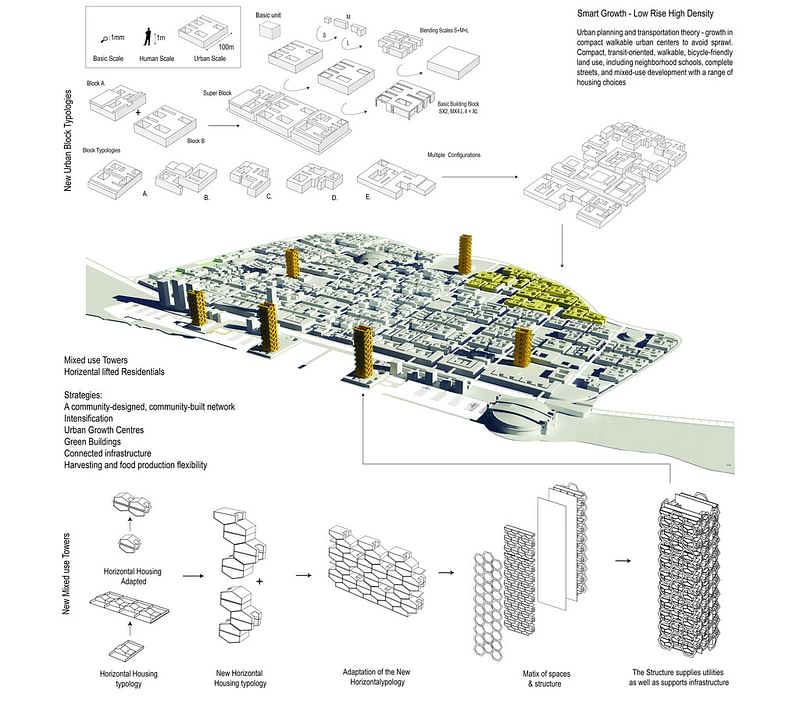
"Barranquilla is now considered the largest city serving as port and maritime transportation in the Northern Caribbean Coast region of Colombia.Its strategic proximity to both the Caribbean Sea and the Magdalena river led to the development of the areas along the shore and river bank mainly for industrial purposes leaving the town’s waterfront corridor virtually underdeveloped, which totally fails to appropriately connect the city to its water."

"The 'Responsive City' provides series of flexible processes that is responsive to patterns of social, environmental and economic layers of living in various neighbourhoods and beneficially engages communities in their natural resources. This part of the city of Barranquilla’s revitalization project is an attempt to visualize some schematic proposals for this unique site and take the advantage of its innate potentials to expand its role as a city centre to include new urban intensification leveraging, recent technological strategies ,conceptual interactive methods and iconic typologies to develop a city centre that has the capacity to be systematic and adaptive."
See the rest of the project here.
Runner-Up: Garrison Creek Redux: Reclaiming a Riparian Ecology through Public Infrastructure
by Tawab Hlimi
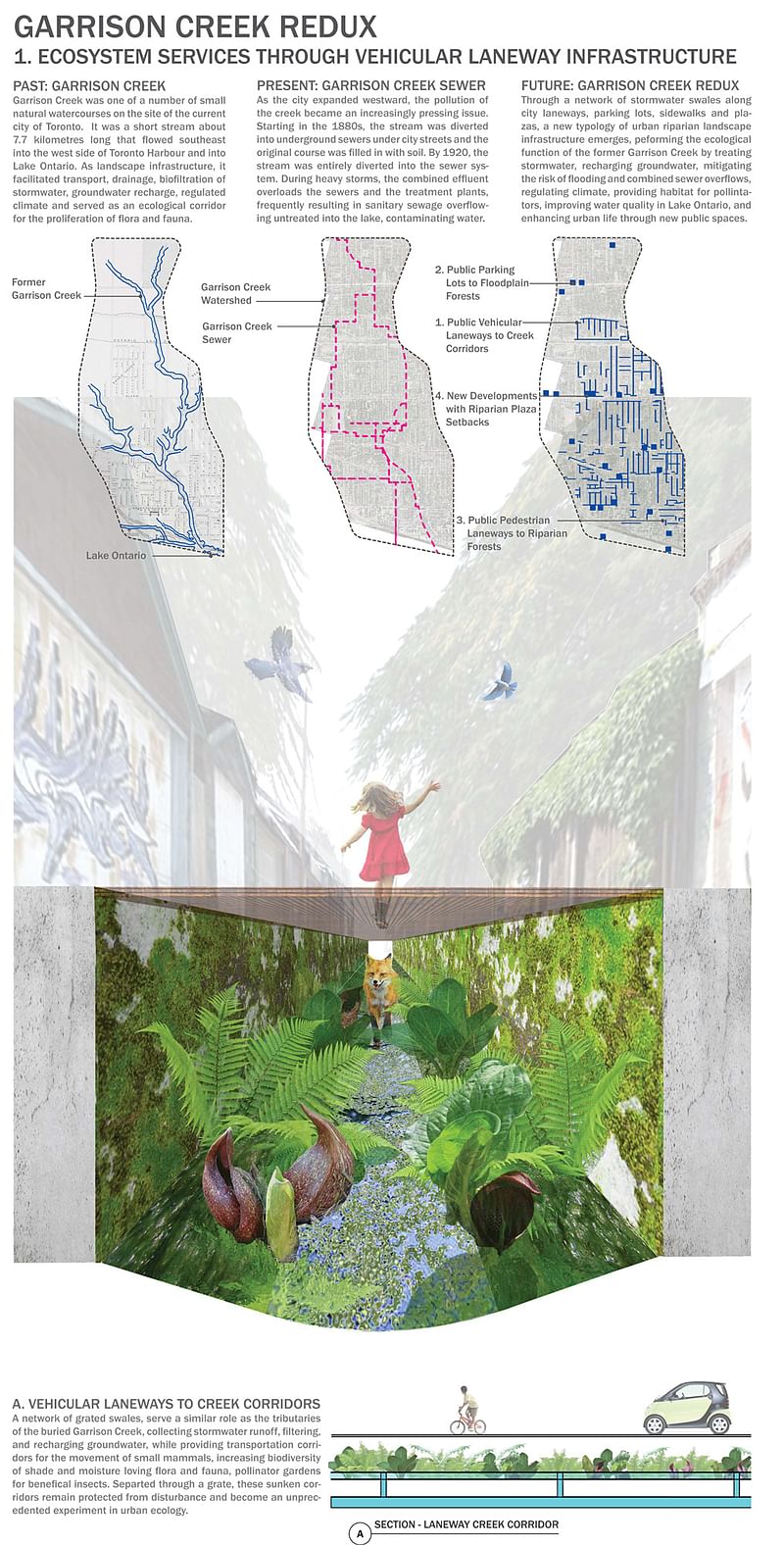
Project description: "Garrison Creek was a small natural watercourse, about 7km long, flowing southeast into Lake Ontario on the site of the current city of Toronto. As a landscape infrastructure, it facilitated transport, drainage, filtration of stormwater, groundwater recharge, and served as an ecological corridor for the movement and exchange of biota. As the city expanded westwards, the pollution of the creek became an increasingly pressing issue. Starting in the 1880s, the stream was diverted into underground sewers and by 1920, the entire watercourse was integrated with the sewer system. Today, the creek continues to flow beneath the city, and occasionally floods/overloads the sewer system after heavy storms resulting in combined sewage overflowing into Lake Ontario."
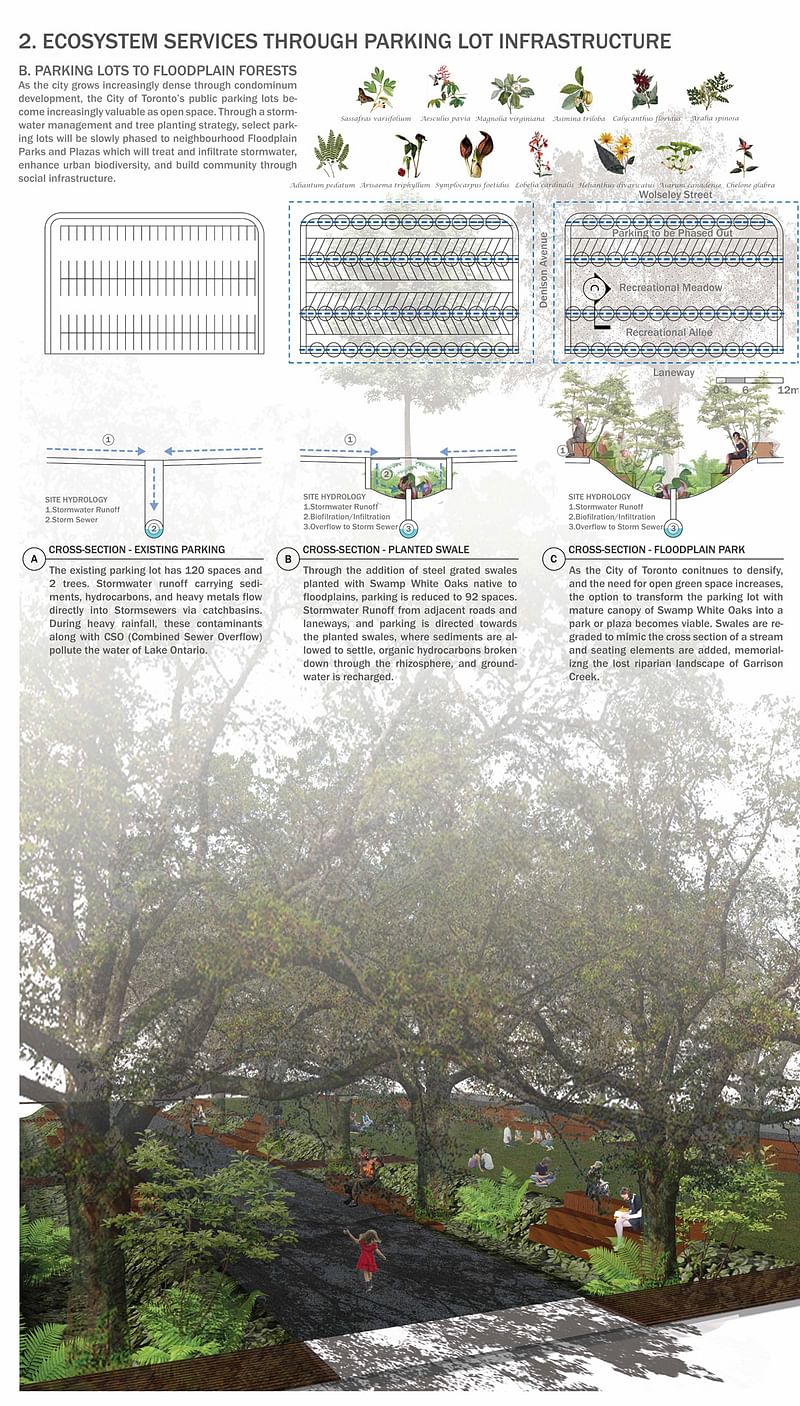
"Through a network of stormwater swales along vehicular laneways, pedestrian laneways, parking lots, and new developments, a new typology of urban riparian landscape infrastructure emerges, performing the ecological function of the former Garrison Creek by filtering stormwater, recharging groundwater, mitigating the risk of flooding and combined sewer overflows, promoting pollination/exchange through naturalized plantings along corridors, and improving water quality in Lake Ontario for drinking and recreation."
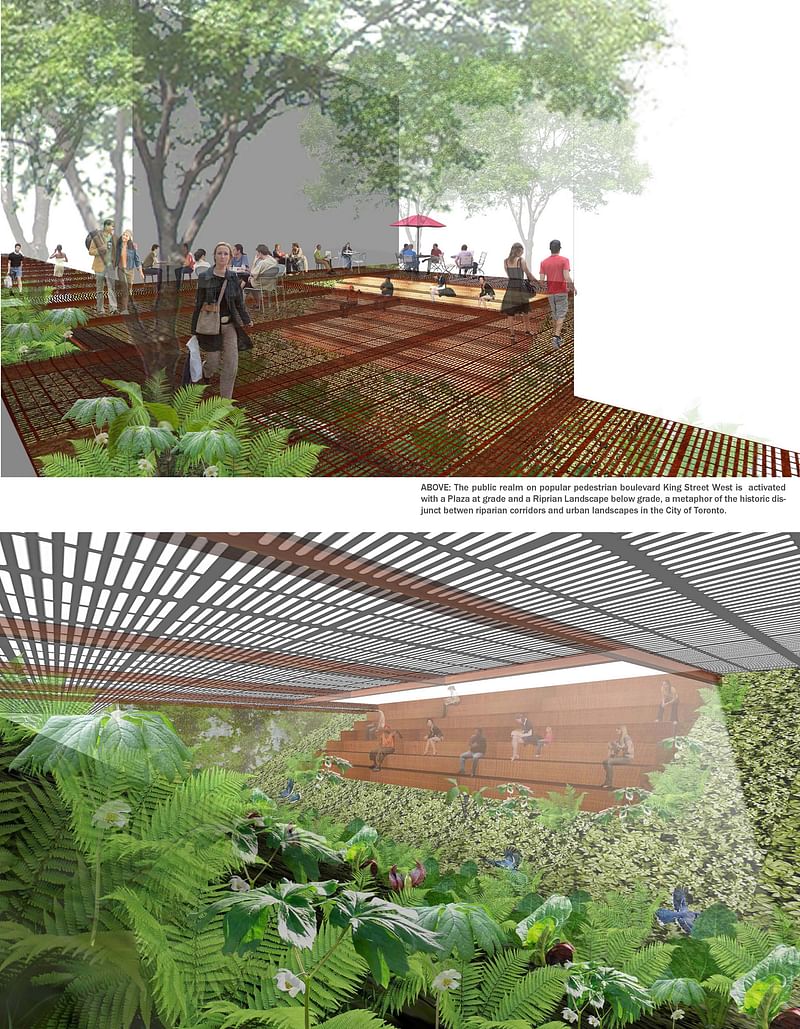
"The ubiquitous galvanized steel/weathered steel grate becomes the material of choice in negotiating the disjunct between riparian and urban landscapes. This material, allows light and water to filter through, while allowing pedestrians and vehicles to circulate above a reclaimed riparian landscape. Floodplain Forests and Riparian Plazas scattered about the network of planted swales become new typologies of public parks, armatures of an unprecedented experiment in urban ecology."
See the rest of the project here.
Check out the Honorable Mentions below.
Full projects:
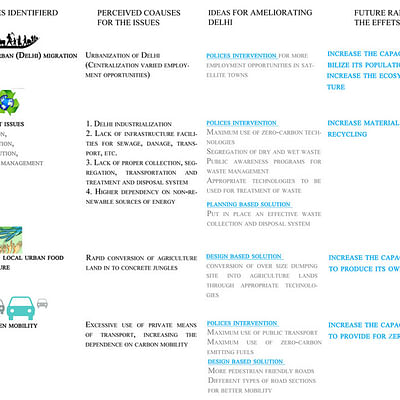
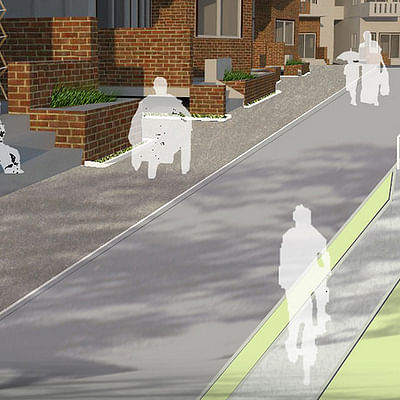
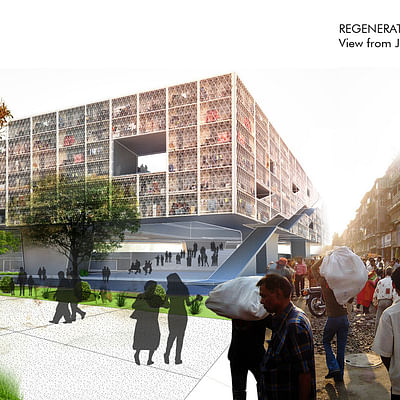
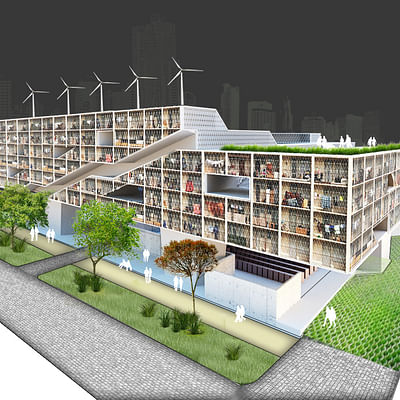
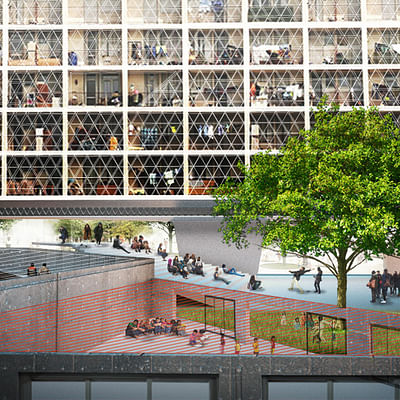




Share
0 Comments
Comment as :